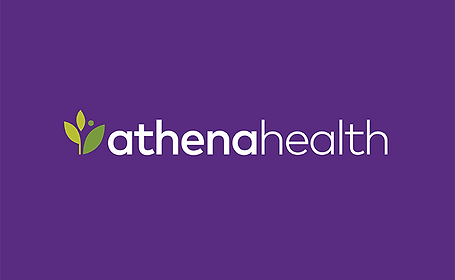
IFTsign, a digital signing platform, is ready to make a impact as Intellipro's efficient in-house signing solution, while also preparing for its forthcoming market debut next year. 🚀
Timeline:
Feb.2024 - Present
Employer:
Intellipro
My Role:
Sole UX/UI designer
Brand strategy
Deliverables:
UI Iterations
200+ UI wireframes - developing
Mockups
3D rendering
Microinteractions
Our Team:
Jiabao Mao(PM)
Krista Du(PM)
Blake Zhu(Manager)
Shirley Tang(Lead Engineer)
Tongtong Wu(Engineer)
Pu Sun(Engineer)
Gao Yi(Engineer)
Chuning Liu(Engineer)
OVERVIEW
CURRENT SITUATION
IFTsign, as a key project for Intellipro in 2024, aims to develop its in-house signing platform. As a leading headhunting firm, it seeks to facilitate easy signing processes such as quarterly contract distribution to 500+ SME clients and internal staff, saving on subscription costs for third-party software.
PRODUCT PLANNING



MY ROLE
I was the sole designer working on executing the strategy for a deeply integrated experience between Intellipro's philosophy and IFTsign, which aims to be highly efficient, serious and responsible, with a high level of industrialization, and functionally minimalist design(rather than purely aesthetic).
I partnered closely with my cross-functional teammates(including Project Managers from different teams, Business Development Manager, and Engineering) to ensure that the product provided user value that aligns with the priority needs of Intellipro's staff(esp. HRBP), as well as preparing to meet the needs of the company's customers in future product upgrades.
Research
My PM and I organized a 3-day design sprint for team members from IFT department and HR department to come together to tackle the question of: How might we create a eSignature experience that creates value for HR colleagues and potential larger end users?
The agenda included:
Day 1: Understand workflows and identify problems
Day 2: Generate a wide breadth of potential solutions
Day 3: Identify concepts for higher fidelity exploration
Our main output was the HMW statements:
HMW create clear and visible signing permissioning and recipients that are flexible to user needs?
Signing permissioning and recipients.
The main role is the person who send the document to recipients and who set up the signing fields.
At Intellipro, this role is handled by colleagues in the HR department, and the primary focus of the entire platform is to assist them in completing this task.
The difficulty behind this task is: they have to send documents to various recipients, each with different fields to be signed on the same document, so assigning signing permission for different recipients need to be flexible and easy.
All e-signature platforms are doing the same thing.
After completing competitor analysis with my PM colleagues, we found that all similar platforms on the market also focus on assisting users in completing this task —— and they all follow 2 large steps.
Upload Files
Add Recipients
Add Message
Step 1
Drag & drop signing fields
Send the document
Step 2
The two-step pattern is the safest design, but it may not be the best.
After 8 mad iterations from ideas gathered from the design sprint, the UI keeps improving on craft, becoming more minimalistic and efficient aesthetically, but it still hasn't answered the HMW question nicely.
Initially, we still stubbornly adhere to the two-step flow.


Step 1

Step 2
Why not combine all tasks on one page?
WHY THIS DESIGN DECISION
Add Recipients
Add Message
Drag & drop signing fields
Send the document
Only 1 Step
I led an internal concept validation session with our HR department (the main users in V1.0). We compared whether the "ONE-PAGE" strategy improved task success rate and time on task. We achieved a quicker task completion time of 56s compared to 1m 26s, with the task success rate nearly the same as the old idea. The PM and I presented this to the manager, demonstrating that it aligned with our business goals as well.
DESIGN CHALLENGE SOLVED
More importantly, we achieved our initial design challenge. Signing permissions are now visible and easily switchable while assigning fields through the design of the recipient switching panel and center panel. Assigning fields to different recipients is no longer a back-and-forth confirmation process; it's visible at all times now.
.png)
Key Signing Page
Engineering
Being the MVP(V1.0), the discussions revolved around how quickly we could put together a beta version. We wanted IFTsign is a robust tool that accommodates a lot of industry specific features and we did not want to compromise functionality for speed. With this being said, we reevalutated the designs with engineers to begin to prioritize and cost out each element. This made it easy for the team to calculate effort vs. impact and to agree on a shippable MVP— meanwhile keeping a tight list of fast-follows. I worked in parallel with the IFTsign engineering team to build components and a full design system that were flexible and handy enough to use.


Part of the Design System
Thanks for making it to the end!
🪐
#UX RESEARCH #UX: EHR
Clinical Inbox:
Out-of-Office Functionality
Led the research and MVP design for the Out-of-Office functionality within the clinical inbox of athenaOne, enhancing the awareness and visibility of clinicians' Out-of-Office status across all touchpoints within athenahealth product ecosystem.


